The oldest Mayan building completely changes the view of the origins and maturity of the ancient Maya
Categories: Finds and rescue research abroad , Nálezy nejenom s detektorem kovů v USA, severní a jižní Americe
Lidar scanning has revealed the oldest and largest known Maya structure, which is behind...and the largest and most ancient Maya structure in the world. The study was presented in the journal Nature by a team led by archaeologist Takeshi Inomata of the University of Arizona in Tucson.
Conventional aerial surveys in forested terrain revealed nothing, because the Aguada Phoenix site is such a low yet large site that no clear structures were evident at the site. "Nobody knew about this site because it's so big that when you walk on it, it looks like a natural landscape," Inomata told Live Science magazine. The area is also populated, so it was very difficult to spot the structure.
So the archaeologists first borrowed an older lidar device from the Mexican government, and after the firstevidence, they used state-of-the-art high-resolution imaging equipment to show the discovery in detail. The measurements revealed, among other things, that the volume of the structure is 4.3 million cubic meters, while the largest Maya structure to date, La Danta in El Mirador, Guatemala, has a volume of "only" 2.8 million cubic meters. Although the discovery of Aguada Fénix occurred in 2017, it was followed by a classic archaeological excavation directly on the site, the results of which were published on June 3 of this year.
Radiocarbon analysis of several dozen charcoal samples revealed that the elevated structure, built of clay and stones, was constructed around 1,000 BC. This makes it the oldest known Mayan structure. The structure is rectangular in shape with sides 1,400 metres long and almost 400 metres wide. It is between 10 and 15 metres high. Nearby is another platform 400 metres long. Lidar has also revealed other structures around the plateau, including rectangular buildings, a plaza and several tanks.
In addition to Aguada Phoenix, 21 other ceremonial centers have been discovered in the Tabasco area. Lidar maps showed that each site contained a round or square mound near a long rectangular plateau running in an east-west direction. This arrangement characterizes similar structures in areas where public rituals were held in much later Maya cities.
The new discovery adds to recent evidence that the Maya have been building monumental structures since the beginning of their culture, as confirmed by earlierInomata's earlier discovery of a smaller ritual structure in Guatemala called "Ceibal" dating to around 950 BC. AD. These findings directly contradict the idea that Maya society evolved gradually from small villages to urban centers with pyramids and other massive buildings. Maya cities of the so-called "Classic Period" in areas of southern Mexico and Central America flourished much later, between AD 250 and 900.
According to Inomata, the Aguada Phoenix also challenges the traditional idea that large mansions belonged to kings. Indeed, no typical royal features such as lavish avenues or statues have been found, as in other later Maya cities. "Although there were probably some leaders who played a central role in planning and organization of the construction, the main factor was the voluntary participation of the people, who did not need a centralized government," Inomata says.
According to anthropologist Andrew Scherer of Brown University, "the public spaces at Aguada Phoenix are vast, and there is no indication that access was restricted to the privileged." In contrast, Francisco Estrada-Belli, an archaeologist at the University of New Orleans, waits for further excavation before he can say with certainty that these structures were built by a community with no social hierarchy. However, he believes that some features of the structures are shared with earlier Olmec sites, which could mean that the two civilisations developed in parallel.
Some experts believe that the Olmecs, who lived west of Aguada Phoenix on the Gulf Coast, represented a kind of "mother culture" for the Maya. This mysterious civilization originated about 3,500 years ago and probably died out in the 4th century, when the great rise of the Mayan centers began. However, Inomata believes that the two cultures may have been intermingled and complementary; that they were "differently aged siblings rather than mother and child."
The amazing discovery also confirms how beneficial lidar imaging is and how it dramatically changes the way archaeological research is conducted in heavily forested areas. The technology, which uses laser pulses to collect data on the contours of land overlain by jungle and vegetation, has revealed, among other things It has also revealed more "lost" Mayan ruins at Tikal in Guatemala and a vast network linking ancient cities in Southeast Asia.
Roman Němec
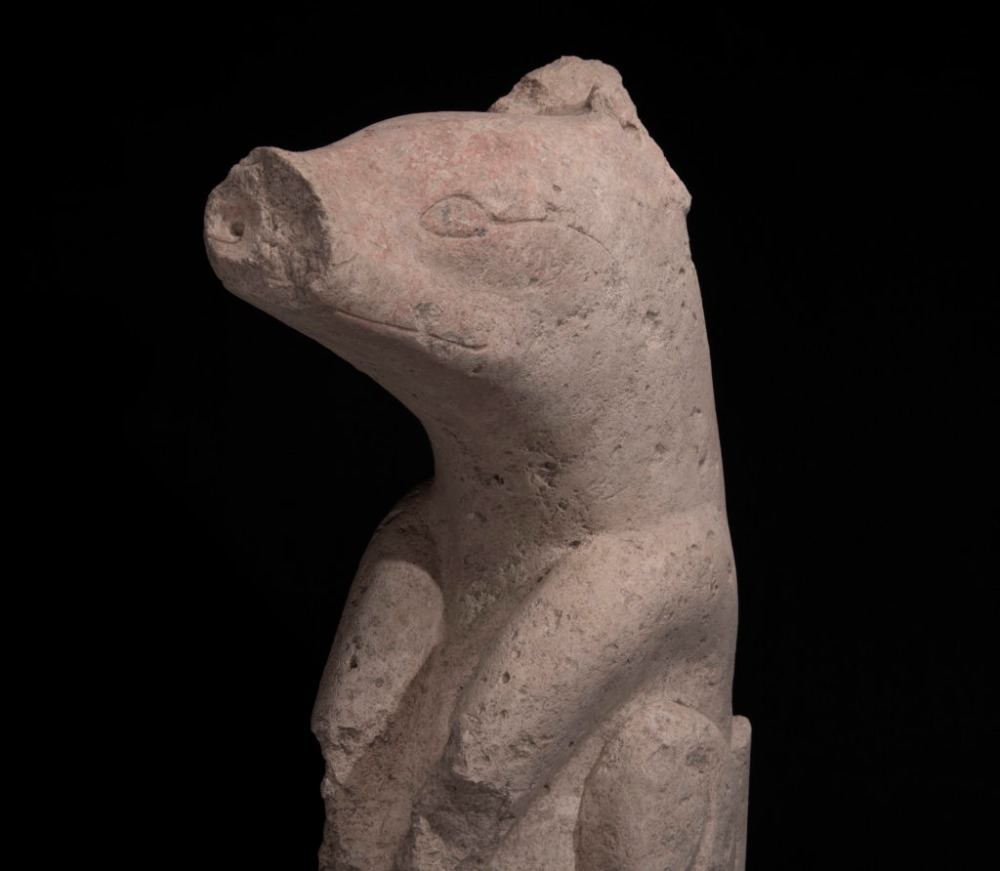
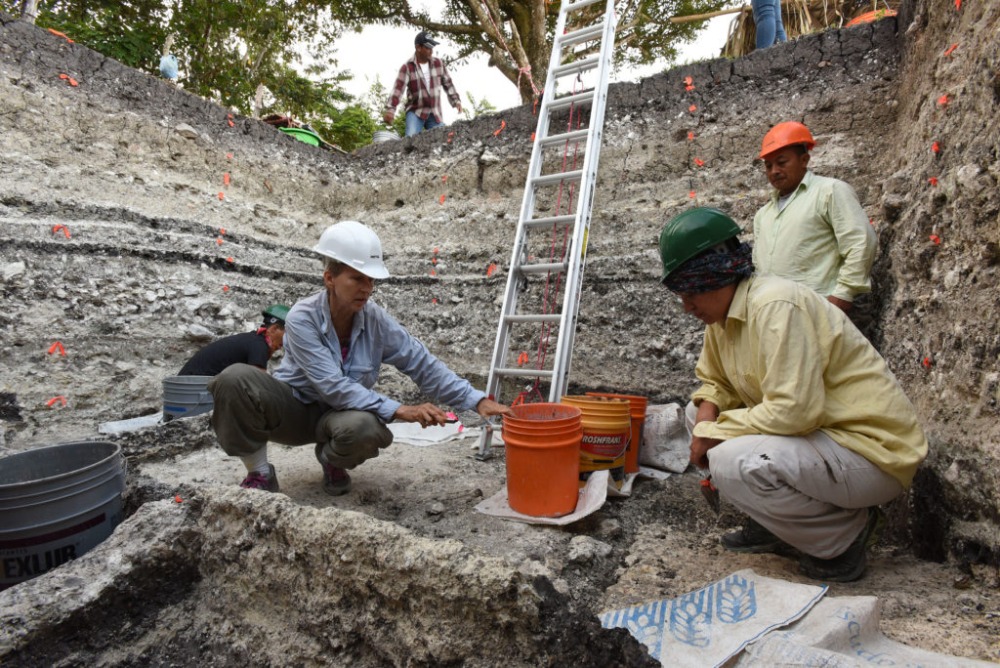
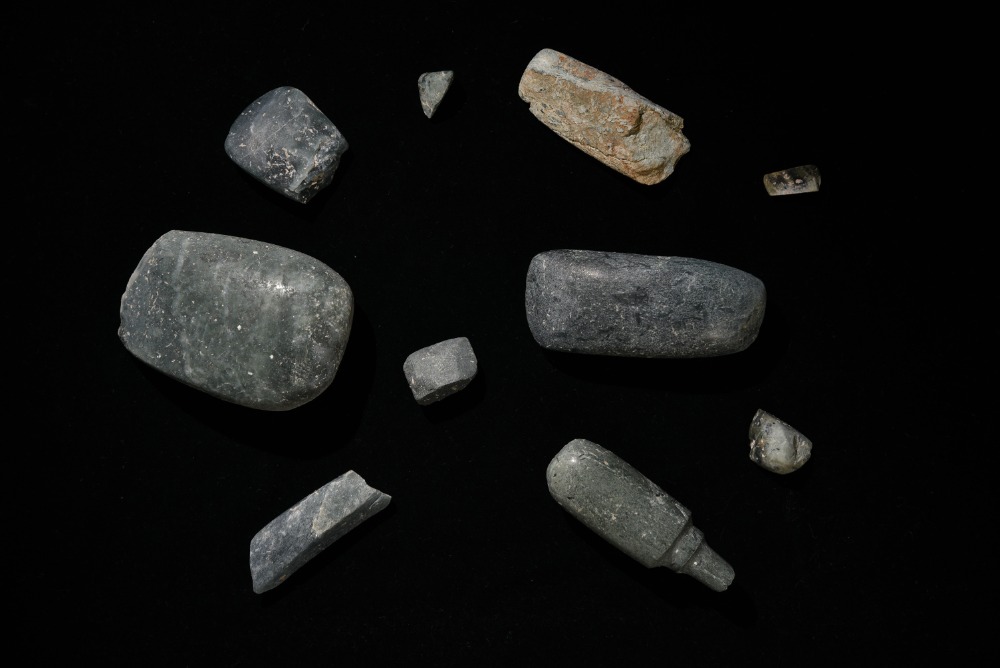
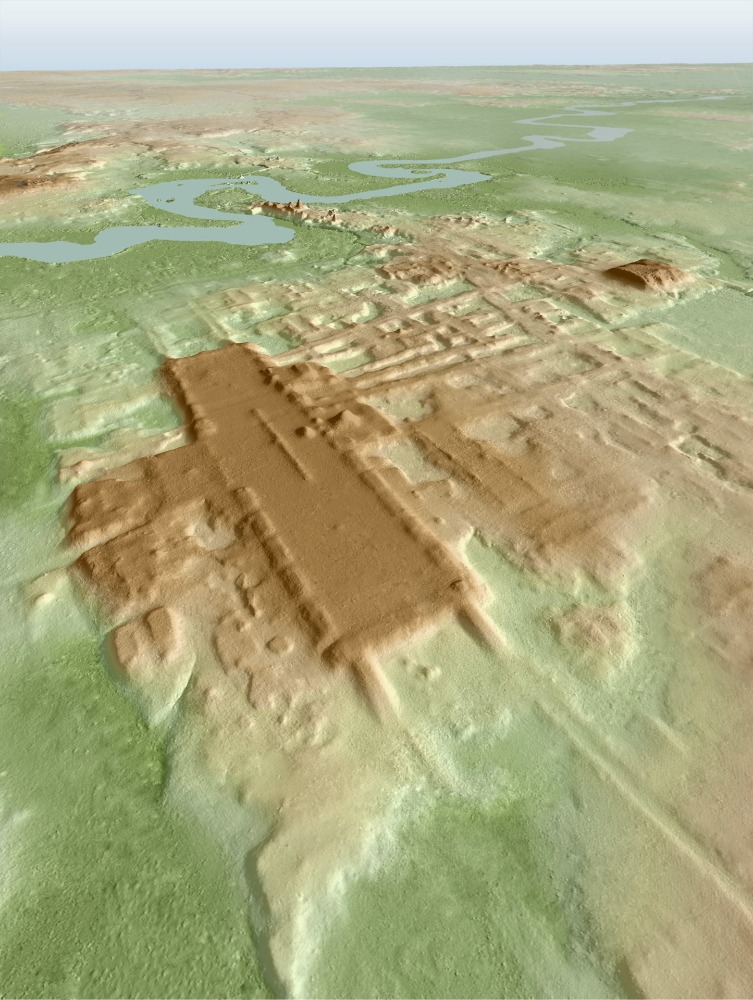
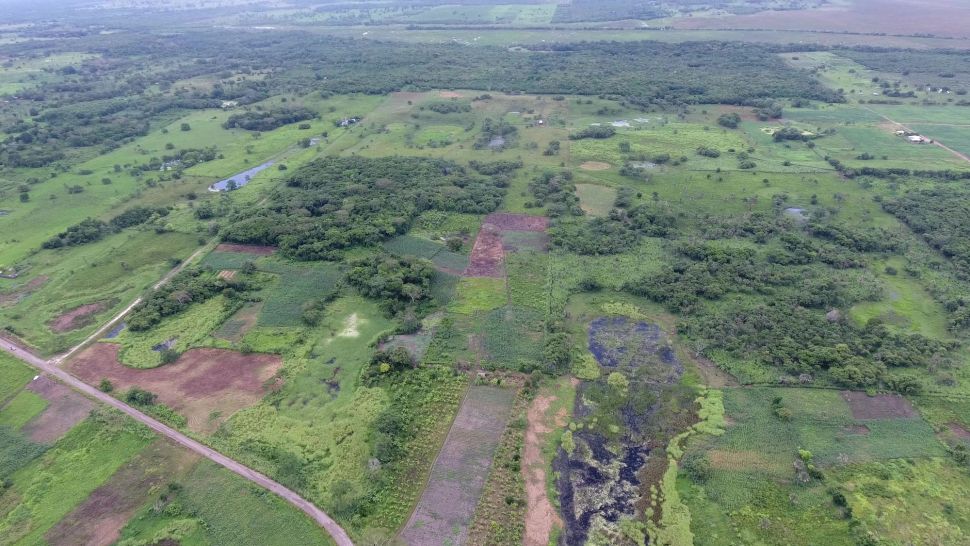
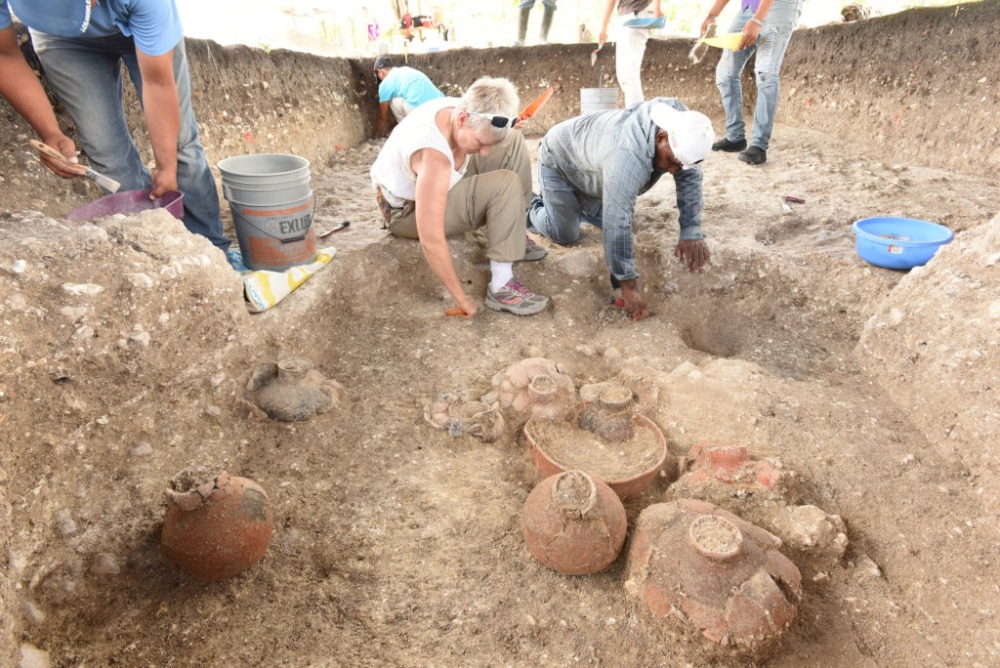
Sources: theguardian.com, livescience.com, thehistoryblog.com, arizona.edu, artnet.com
The article is included in categories: